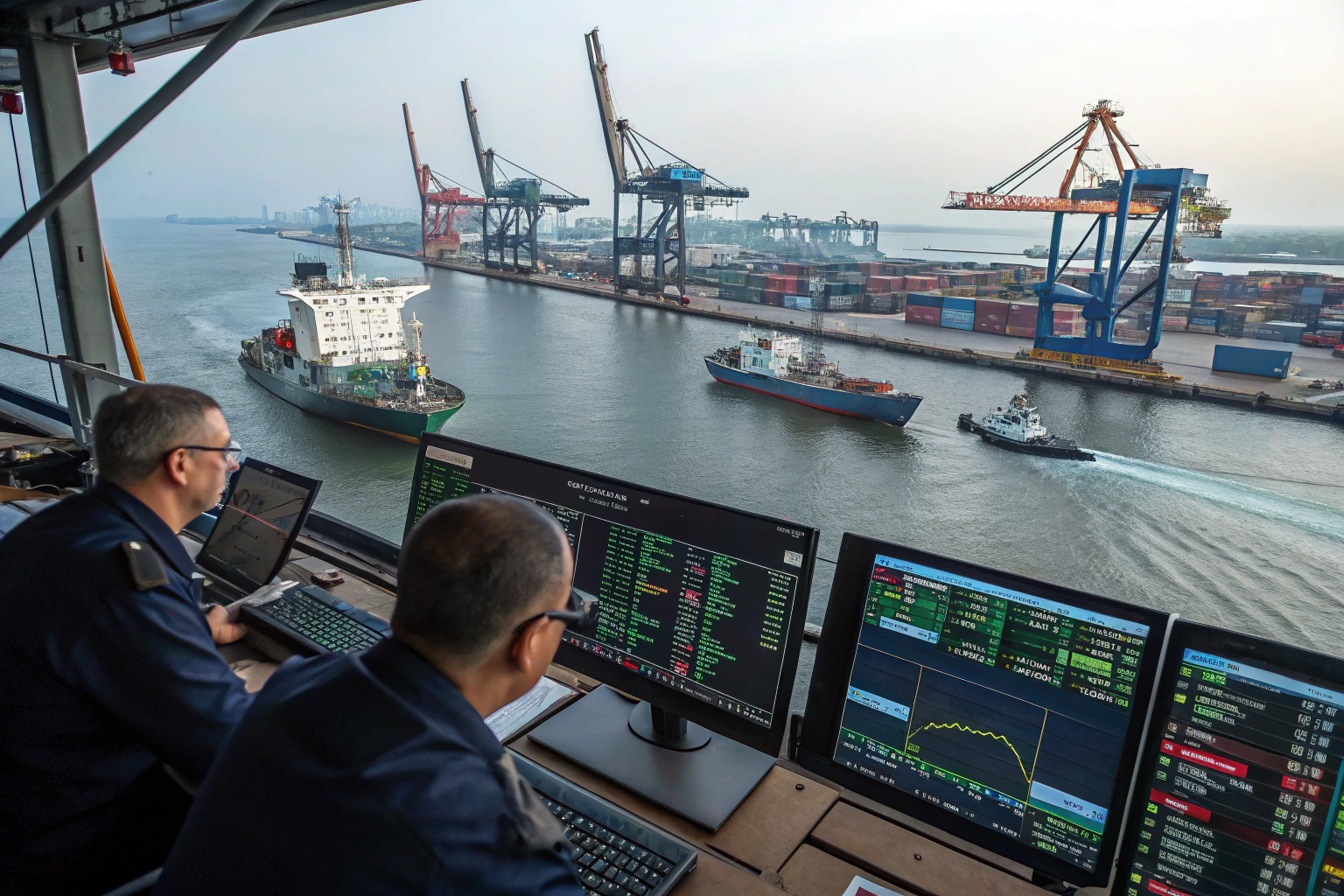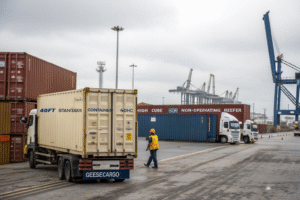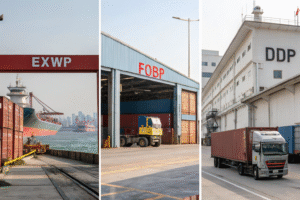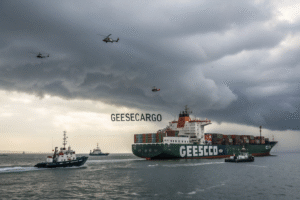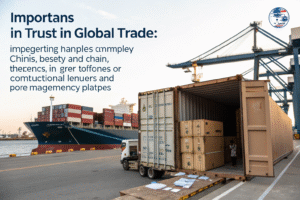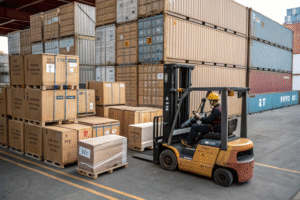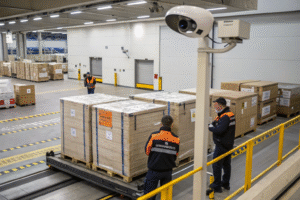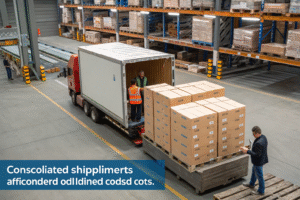Shipping costs can swing drastically in just days. One week, a container from Shanghai to Los Angeles is $2,000; the next, it’s $5,000. For many clients, these price changes feel random and frustrating. I've helped buyers pause orders due to sudden cost spikes, then rush shipments the next week when rates dropped.
Sea freight rates change often because of demand shifts, capacity limits, fuel costs, and unpredictable global events.
If you're wondering why it's so hard to plan your logistics budget, this article breaks down the real causes of sea freight rate volatility—and how working with an experienced forwarder like GeeseCargo can help you stay ahead.
What Global Factors Influence Freight Rate Changes?
Global forces beyond our control shape freight pricing every day. From geopolitical tensions to crude oil trends, these shifts affect every container sailing across the ocean.
Key global drivers of sea freight price changes include oil prices, geopolitical risks, inflation, and exchange rate fluctuations.
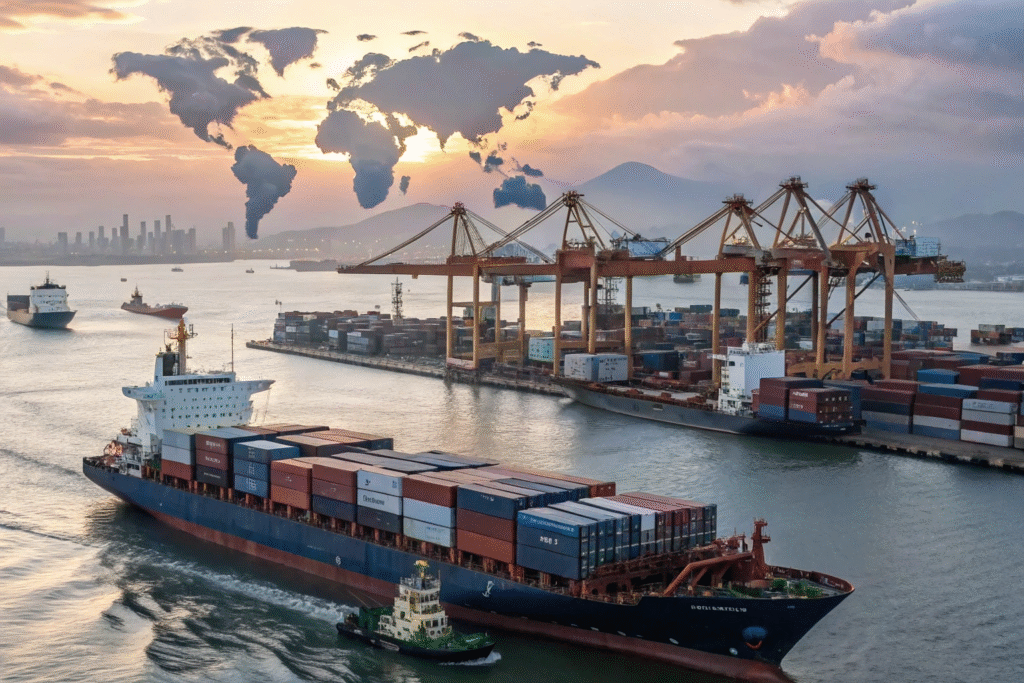
How Do Oil Prices Impact Sea Freight Costs?
Fuel is a massive part of freight expenses. As bunker fuel prices rise, shipping lines pass those increases on to customers through BAF surcharges. When oil soared in 2022, so did freight rates. Platforms like Ship & Bunker help us track fuel price trends in real time.
What Is the Effect of Global Conflicts?
Political unrest, war zones, or port closures can reroute cargo and strain capacity. The Red Sea crisis forced many carriers to detour around Africa, increasing transit times and driving up rates. At GeeseCargo, we follow alerts from Lloyd’s List to anticipate risks early.
How Do Supply and Demand Affect Ocean Rates?
Like any market, freight pricing depends on supply and demand. When space is tight and demand is high, prices surge.
Seasonal demand, capacity constraints, and port congestion drive frequent ocean freight rate changes.
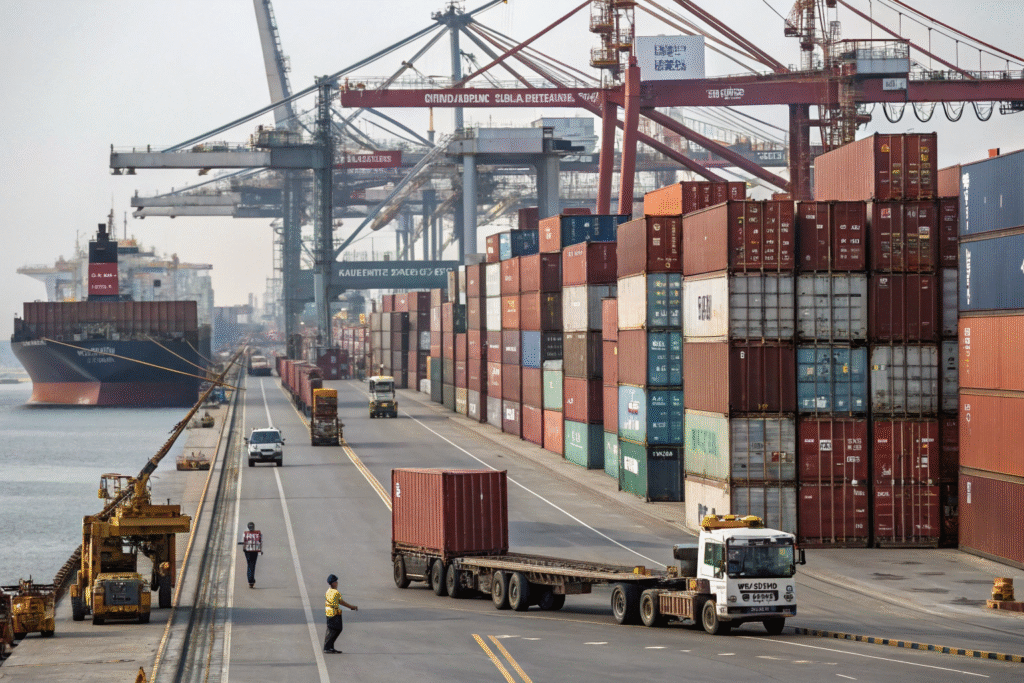
What Happens During Peak Shipping Seasons?
Retailers rush to restock before Christmas, Chinese New Year, and back-to-school. These peak seasons create booking surges. Platforms like Freightos Baltic Index often show rate spikes weeks before holidays. We advise clients to book space early and split loads when possible.
How Do Blank Sailings and Capacity Cuts Affect Rates?
When demand drops, carriers cancel sailings to maintain higher prices. This tactic, called blank sailing, reduces available space and creates artificial scarcity. We monitor sailing schedules from Alphaliner to adjust client bookings proactively.
What Role Does Port Congestion and Logistics Disruption Play?
Delays at ports make everything more expensive. More time spent loading or waiting increases carrier costs, which get passed along.
Port congestion, labor shortages, and equipment delays are major reasons for freight rate surges.
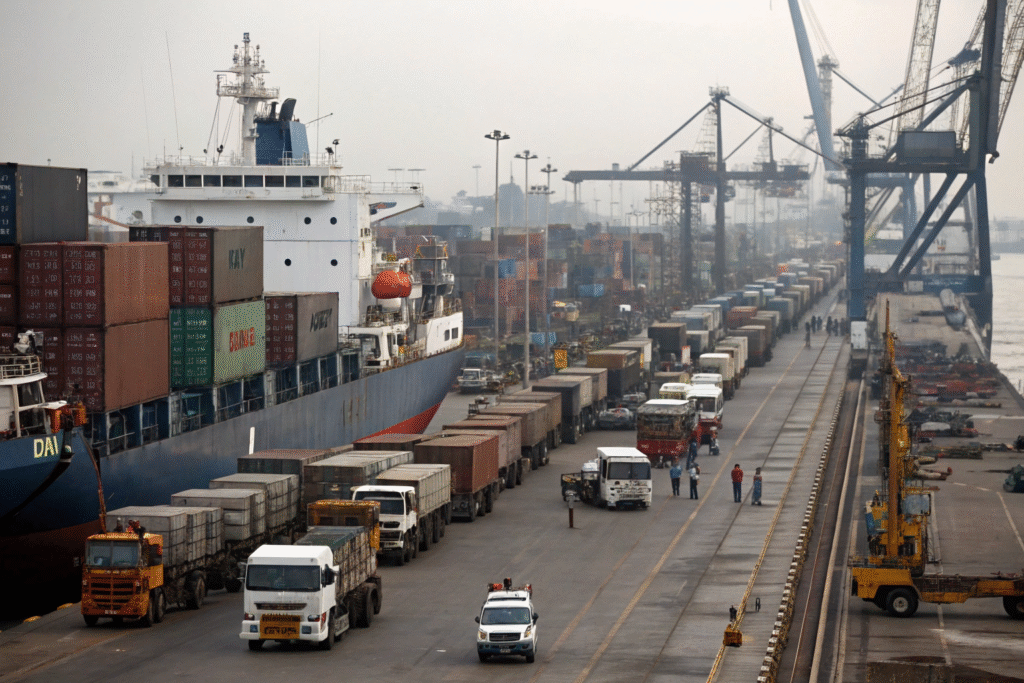
Why Does Congestion at Ports Increase Prices?
When containers get stuck at ports, it creates a backlog. Shipping lines can't turn vessels around fast enough. This squeezes capacity and forces rate hikes. During the Los Angeles congestion crisis, freight costs tripled. We use PortCongestion to track delays by port.
How Do Truck and Chassis Shortages Impact Sea Rates?
Even when vessels arrive on time, unloading can be stalled by local shortages. A lack of available trucks or chassis at destination ports leads to demurrage fees and slower equipment turnover. We coordinate with inland haulers and monitor Drayage.com for regional capacity updates.
How Can Shippers Navigate Rate Volatility with Forwarders?
Rate fluctuations aren’t going away. But you can manage them. The right forwarder helps you plan better, avoid peak costs, and use smart booking tactics.
Freight forwarders help you ride out pricing waves with real-time rate insights, consolidated bookings, and flexible contracts.

What Tools Do Forwarders Use to Track and Predict Rates?
We use real-time databases like Xeneta to compare market spot rates with long-term contract benchmarks. This lets us advise clients when to lock rates or switch modes. For time-sensitive cargo, we also monitor Flexport dashboards for disruption alerts.
How Can Consolidation and Contracts Reduce Cost Exposure?
Consolidating shipments into full containers helps save per-unit costs. We also offer fixed-rate contracts for clients with regular shipments, shielding them from sudden spikes. By leveraging our carrier relationships, we also access space during tight seasons when others can’t.
Conclusion
Sea freight rates are always moving. While global markets and local congestion drive many of these changes, you don’t have to be at their mercy. With an experienced forwarder like GeeseCargo, you get not only competitive rates but also strategy—when to book, how to split shipments, and how to negotiate fixed terms. Let’s keep your cargo moving and your margins stable, even when the sea gets rough.
